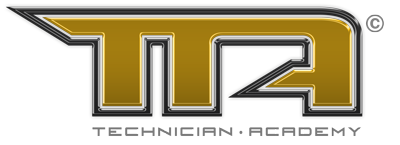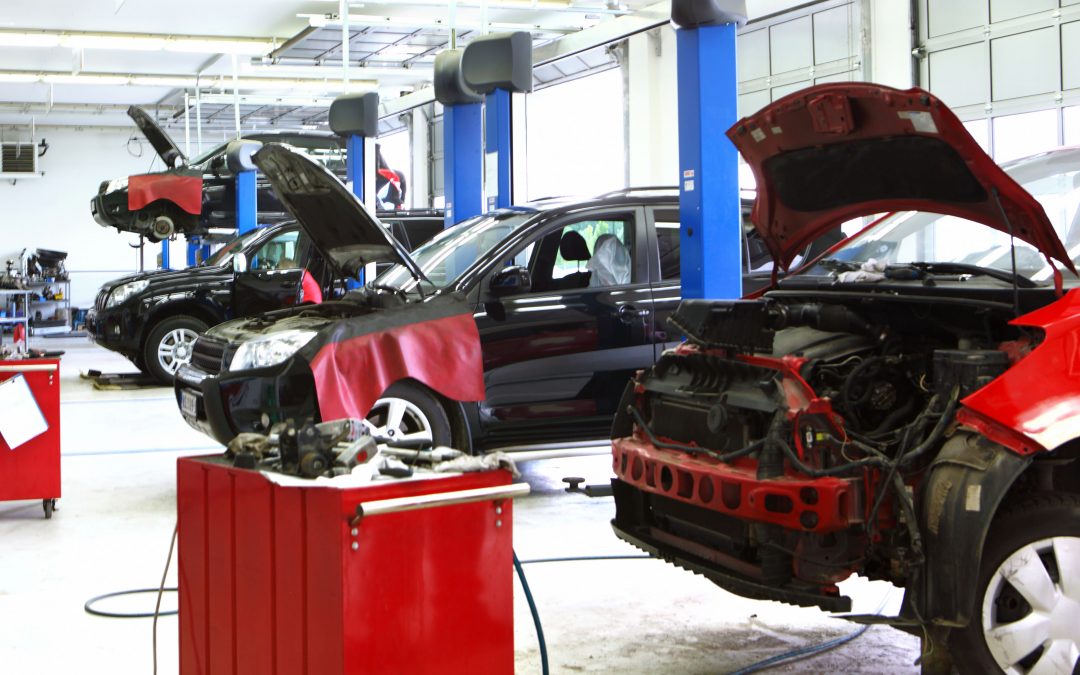If you’re trying to increase the efficiency and effectiveness of your operations, there are quality tools that can help. You do not have to be a rocket scientist to use 5S, failure modes and effects analysis (FMEA) diagrams, suppliers, inputs, process, outputs, and customers (SIPOC) Diagrams or standard operating procedures to your advantage. Each of these tools is applicable to auto shops and can help you streamline processes and eliminate waste.
5S
If your shop isn’t well-organized, you’re asking for trouble. This is true whether you’re looking at your stock room, back office operations, or the shop floor where clients are serviced. With the help of 5S, you can take organization in your shop to the next level. 5S stands for: sustain, shine, standardize, straighten, and sort. Each one of the activities, when applied to an area of your operations, will eliminate waste. Applying 5S is relatively simple yet highly effective and can be performed by frontline employees.
FMEA Diagrams
If you want to identify potential threats and failures in your shop, along with controls that are or should be in place to mitigate risks, then FMEA Diagrams are ideal quality tools. FMEA stands for failure modes and effects analysis. When using this tool, you list process steps in order and identify potential failures associated with each one. Each failure is assigned a risk priority number by subject matter experts and management. If your shop is deficient on its safety procedures or is providing flawed service, it can be discovered using this diagram.
SIPOC Diagrams
SIPOC diagrams are easy-to-use tools that can help you map a process from start to finish in a detailed way. SIPOC stands for suppliers, inputs, process steps, outputs, and customers. For example, you and your staff can create a SIPOC diagram for replacing wheel bearings and discover just how efficient the process is. You can also identify all of the stakeholders in the process. Although creating a SIPOC diagram is a simple process, it can be an invaluable exercise that raises awareness amongst your employees and helps eliminate waste.
Standard Operating Procedures
Companies that implement quality management systems use standard operating procedures to document and improve processes or even entire systems. You too can use SOPs to standardize processes and systems in your shop, along with enhancing compliance with safety regulations. SOPs should have important information, including purpose, scope, and individuals the procedure impacts. Any process maps or quality documentation associated with a procedure can be included as a link, making the procedure more effective.
Your auto shop needs to run like a well-oiled machine if you want to stay ahead of your competition. Use the four aforementioned quality tools to your advantage, and get ready to see your operational efficiency rise.

